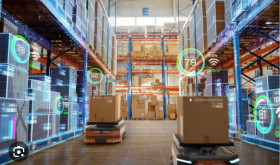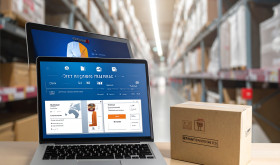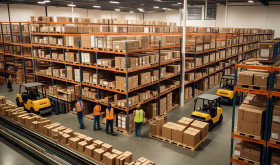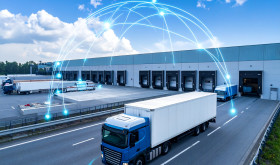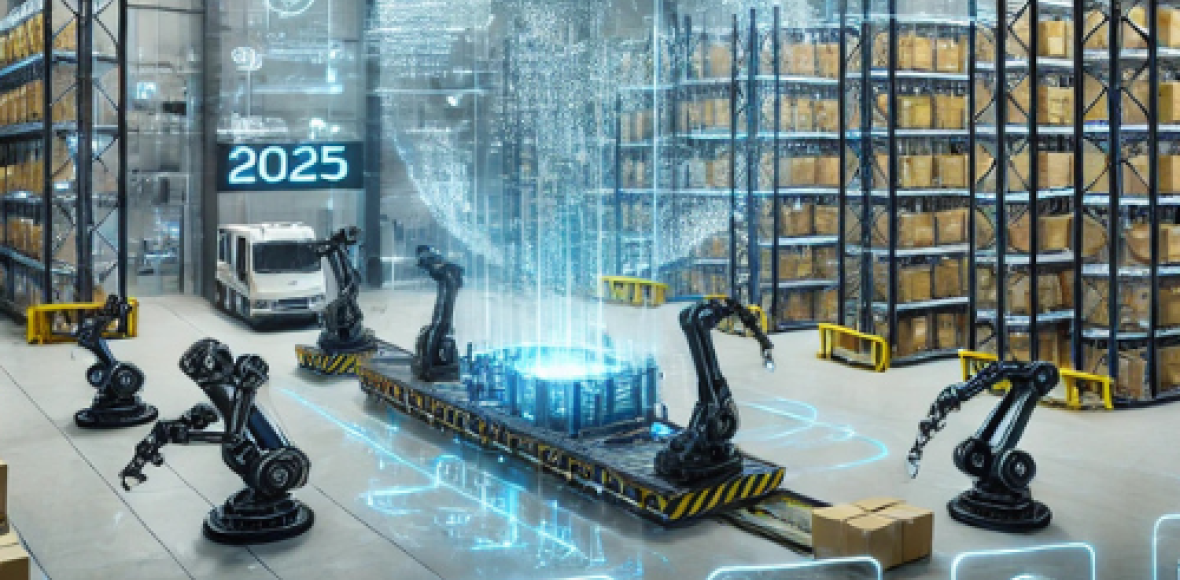
In the changing world of supply chain management, warehouse operations are at the forefront of new ideas and better ways of working. But as we move into 2025, one of the biggest challenges the industry faces is the growing risk of cyber attacks. As more and more warehouse management systems go digital, the chance of falling victim to these attacks has become a big worry for businesses all over the world.
The Cybersecurity Threat Scene
As we’ve seen in recent years, cyber-attacks on supply chain operations can cause terrible damage. In 2022 and 2023 big companies like Expeditors International and Ace Hardware were hit by cyberattacks that shut down their Warehouse Management Systems. These events show us just how much harm malicious actors can do to global supply chains. The risk isn’t just about money; it affects how companies work and how people see them. A successful cyber-attack can stop warehouse operations, mess up inventory control, and put customer information at risk. In today’s world where instant data and smooth connections are key, the effects of these breaches can spread far and last a long time.
The Changing Face of Cyber Threats
What makes the cybersecurity challenge tough is how threats change. Hackers have gotten smarter going after not just money data but any info they can use. Also, countries now see supply chain systems as places to hit for messing up economies, which adds more problems to keeping things safe. Integrating Warehouse Management Systems with supplier systems helps get real-time updates on wait times and stock, but it can leave doors open if not locked down right. As warehouses get more connected and use more data there will be more ways to attack, so we need a strong forward-thinking plan for cybersecurity.
Tackling the Problem: A Plan with Many Facets
To fight these increasing dangers, warehouse operators and supply chain managers need to put in place a full cybersecurity plan that covers technology, processes, and people.
1.Cutting-Edge Security Tech
Using the latest security tech is key. This includes:
- New-generation firewalls and systems to spot intruders
- AI-driven systems to detect and respond to threats
- Encryption for data that’s stored and moving
- Multiple ways to verify identity at all system entry points
2.Regular Safety Checks and Hacking Tests
Doing frequent safety checks and hacking tests can help find weak spots before they are spotted and exploited. This forward-thinking approach lets companies stay ahead of possible attackers.
3.Teaching and Alerting Employees
Human error is still the biggest risk to cybersecurity. To address this, companies need to train all their staff, from warehouse workers to top management. These training programs should teach:
- How to spot phishing and social engineering tricks
- How to handle sensitive information
- Why strong passwords matter
- How to report suspicious activities or possible security problems
4.Safe Connections and Partner Management
As Warehouse Management System integrate more with supplier networks, keeping these connections safe is key. This means:
- Checking out third-party vendors and partners
- Setting up secure APIs and ways to share data
- Checking the safety of linked systems often
5.Planning for Security Incidents
Even with the best precautions, security breaches can happen. A clear incident response plan is essential. This plan should spell out:
- Ways to limit and reduce the damage from a breach
- How to communicate (inside and outside the company)
- Steps to recover systems and restore data
6.Using AI and Machine Learning
AI and Machine Learning can boost cybersecurity in big ways. These tools can:
- Look at huge amounts of data to spot odd patterns and possible threats
- Fight back against common attacks without human help
- Keep learning and adjusting to new cyber threats as they pop up
7.Following Data Protection Rules
As data privacy laws get tougher worldwide, companies need to comply not just for legal reasons but also to protect their digital assets. This means following rules like GDPR, CCPA, and other industry-specific guidelines.
Cloud-Based Warehouse Management Systems Make Security Better
More businesses are turning to cloud-based Warehouse Management Systems to tackle cyber threats. These systems offer several benefits:
- They update security regularly
- They back up data and can recover from disasters
- They scale security measures to handle growing threats
- They give access to high-end security features that many businesses couldn’t afford on their own
Keep in mind that moving to the cloud isn’t a cure-all. Companies still need to set up and manage their cloud systems to get the most security benefits.
The Future of Secure Warehouse Management
Looking past 2025 new tech like blockchain Internet of Things (IoT), and advanced AI will keep changing how warehouses are run. These tools open up new ways to boost security, but they also bring new risks that will need constant watch and quick responses. For example, blockchain could cause a revolution in supply chain openness and security by creating a permanent record of deals and inventory moves. IoT devices can help track and monitor things in real-time, but they also add more possible ways for cyber-attacks to get in.
Conculsion
Cybersecurity in warehouse management isn’t just a tech problem; it’s crucial for business. As we move into 2025 and beyond, companies that make cybersecurity a top priority in their Warehouse Management System plans will be in a better spot to shield their operations, keep customers’ trust, and stay running when threats pop up. By taking a broad approach that mixes cutting-edge tech solid processes, and a security-minded culture, warehouse operators can turn this challenge into a chance to boost their overall supply chain toughness. This doesn’t just protect their own work; it helps keep the whole global supply chain safe and steady. As warehouses keep going digital, cybersecurity needs to stay at the front of new ideas and spending. by staying alert and ready to change can we make sure that future warehouses aren’t just quick and connected, but also safe and able to stand up to tomorrow’s cyber threats.

